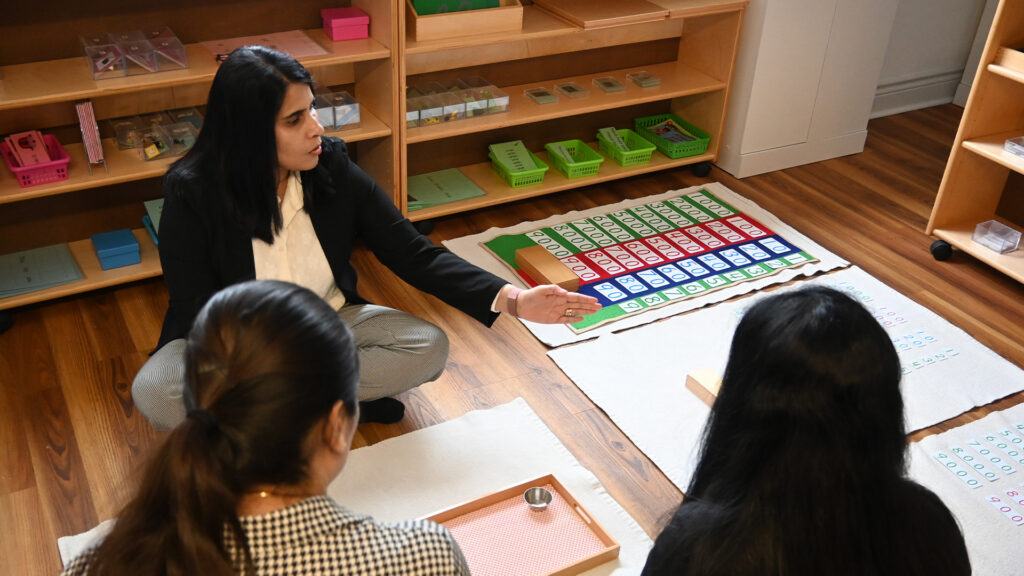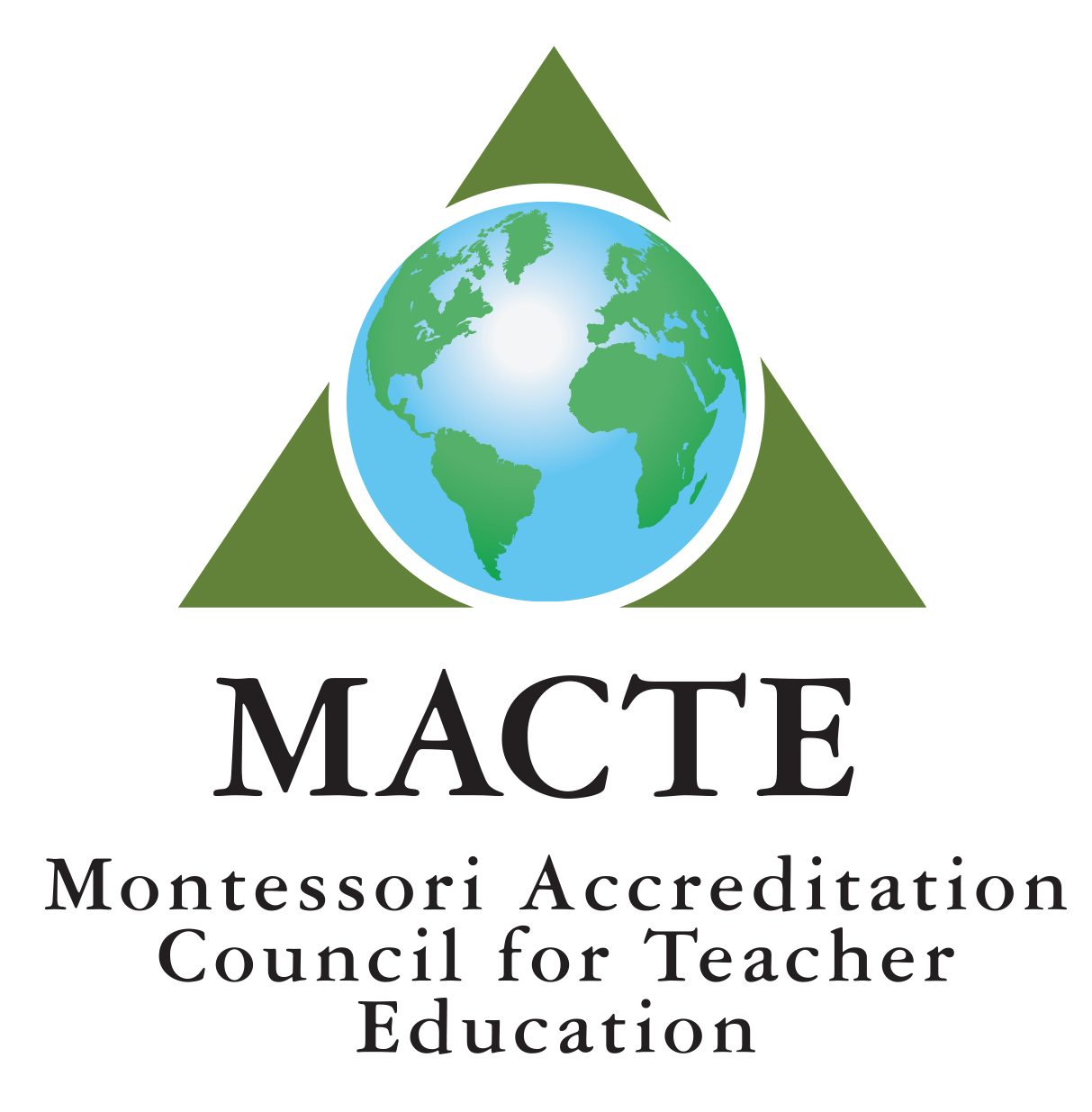
Creating an effective Montessori classroom environment requires careful planning and attention to detail. The Montessori classroom, often called the “prepared environment,” is designed to promote independence, exploration, and learning. Setting up this space properly ensures that children can thrive and develop their skills at their own pace. Whether you’re an aspiring educator or a seasoned Montessori teacher, these best practices will help you design an engaging and child-centered classroom.
1. Focus on Accessibility
One of the core principles of Montessori is fostering independence, and the classroom setup should reflect this. All materials, furniture, and supplies should be easily accessible to children. Use low, open shelves to store materials, and ensure that furniture is child-sized. When children can reach what they need without adult assistance, it empowers them to take charge of their learning.
2. Organize by Learning Area
Montessori classrooms are typically divided into different learning areas based on practical life, sensorial, math, language, and cultural studies. Organizing the space by learning areas ensures children can easily find materials related to a particular topic. Each area should be clearly defined and visually appealing, with all materials neatly arranged and ready for use.
3. Use Natural Light and Calming Colors
The atmosphere of a Montessori classroom is designed to be peaceful and inviting. Natural light helps create a serene environment, so position tables and activity areas near windows whenever possible. Use calming, neutral colors for walls and furniture to promote focus and concentration. Avoid bright, overwhelming patterns that may distract children.
4. Provide Hands-On Materials
Montessori education is based on hands-on learning, so your materials are crucial. Choose self-correcting materials, allowing children to learn through trial and error. Practical life activities (like pouring or buttoning), sensory materials (like color tablets or sandpaper letters), and math tools (like number rods or golden beads) should be available in each respective area.
5. Create a Cozy Reading Corner
A well-organized reading corner is an essential part of any Montessori classroom. This area should include a small bookshelf with various books at different reading levels. Provide comfortable seating, such as floor cushions or a child-sized sofa, to encourage quiet reading. The reading corner should be inviting, fostering a love of books and storytelling.
6. Incorporate Nature
Bringing elements of nature into the classroom helps children develop a connection to the world around them. Incorporate plants, natural wood furniture, and nature-themed learning materials. You can also provide small garden spaces or a nature exploration table where children can study leaves, rocks, or flowers.
7. Encourage Movement and Flexibility
Montessori classrooms are designed to be flexible, allowing children to move freely between activities. Ensure there is plenty of space for children to move around without obstruction. Provide different seating options—tables for group work, floor mats for independent tasks, and comfortable reading areas—to suit various learning preferences.
8. Promote Practical Life Activities
Practical life activities are a central part of the Montessori curriculum, and they should be integrated into the classroom setup. Include a dedicated area with real-life materials, such as cleaning tools (brooms, dustpans) and kitchen supplies (bowls, spoons). These activities help children develop fine motor skills, independence, and responsibility.
9. Rotate Materials Regularly
It’s important to rotate classroom materials regularly to keep children engaged and stimulated. Swap out older materials for new ones, introduce new themes or units of study, and adjust the materials based on the developmental needs of the children. This keeps the learning environment fresh and encourages ongoing curiosity.
10. Foster a Sense of Community
Lastly, the Montessori classroom should promote a sense of community and respect for others. Arrange tables for collaborative group work and create a space where children can gather for circle time or group discussions. This setup encourages social interaction and helps children develop communication and cooperation skills.
Setting up a Montessori classroom is about more than just placing furniture and materials—it’s about creating an environment that nurtures independence, curiosity, and a love of learning. By following these best practices, educators can design a space that supports the Montessori philosophy and helps children thrive academically and personally.


